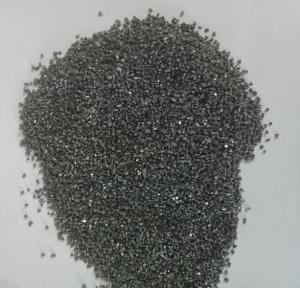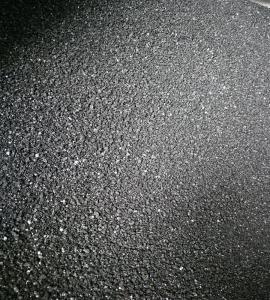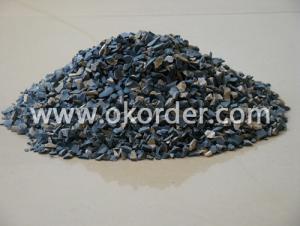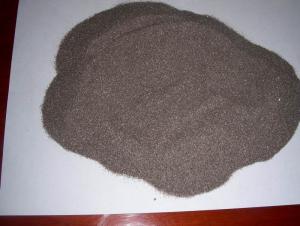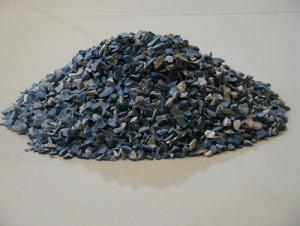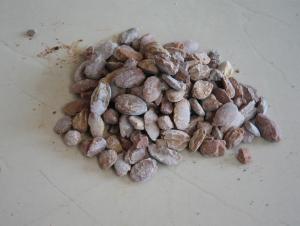Metallurgical Silicon Carbide 88 Granular Size 0-10mm
- Loading Port:
- China main port
- Payment Terms:
- TT or LC
- Min Order Qty:
- 25 m.t.
- Supply Capability:
- 500 m.t./month
OKorder Service Pledge
OKorder Financial Service
You Might Also Like
Product Description
Quick Details
Place of Origin: Ninxia, China
Application: Refractory, Steel making
Shape: Granule, Powder
Material: SiC, F.C
Chemical Composition: SiC, F.C
Product name: Silicon Carbide / Black Sic
Payments terms: 1. 100% L/C at sight 2. 30% T/T prepayment, balance against BL copy
Delivery Time: Within 30 days after receiving L/C or 30% T/T prepayment
Usage: Metallurgy, Foundry, Abrasive, Refractory, Deoxidizer
Advantage: Timely Shipment, High quality, Good performance
Packing: 25kg/bag, 1mt/bag or as customers' requirements
Size: 0-1/1-3/3-5mm,1-10mm, 100mesh etc
Sample supply: free sample
Color: Black
MOQ: 25Mt
Supply Ability
Supply Ability:500 Metric Ton/Metric Tons per Month
Silicon Carbide
Type | Chemical Composition | |
SiC | F.C | |
≥ | ≤ | |
SiC97 | 97 | 0.3 |
SiC95 | 95 | 0.8 |
SiC90 | 90 | 2.5 |
SiC88 | 88 | 3 |
Size: 0-1/1-3/3-5mm,1-10mm, 100mesh or as customers' requirements. | ||
Packaging & Delivery
Packaging Details1MT/bag or as customers' requirements.
PortTianjin port

Loading:
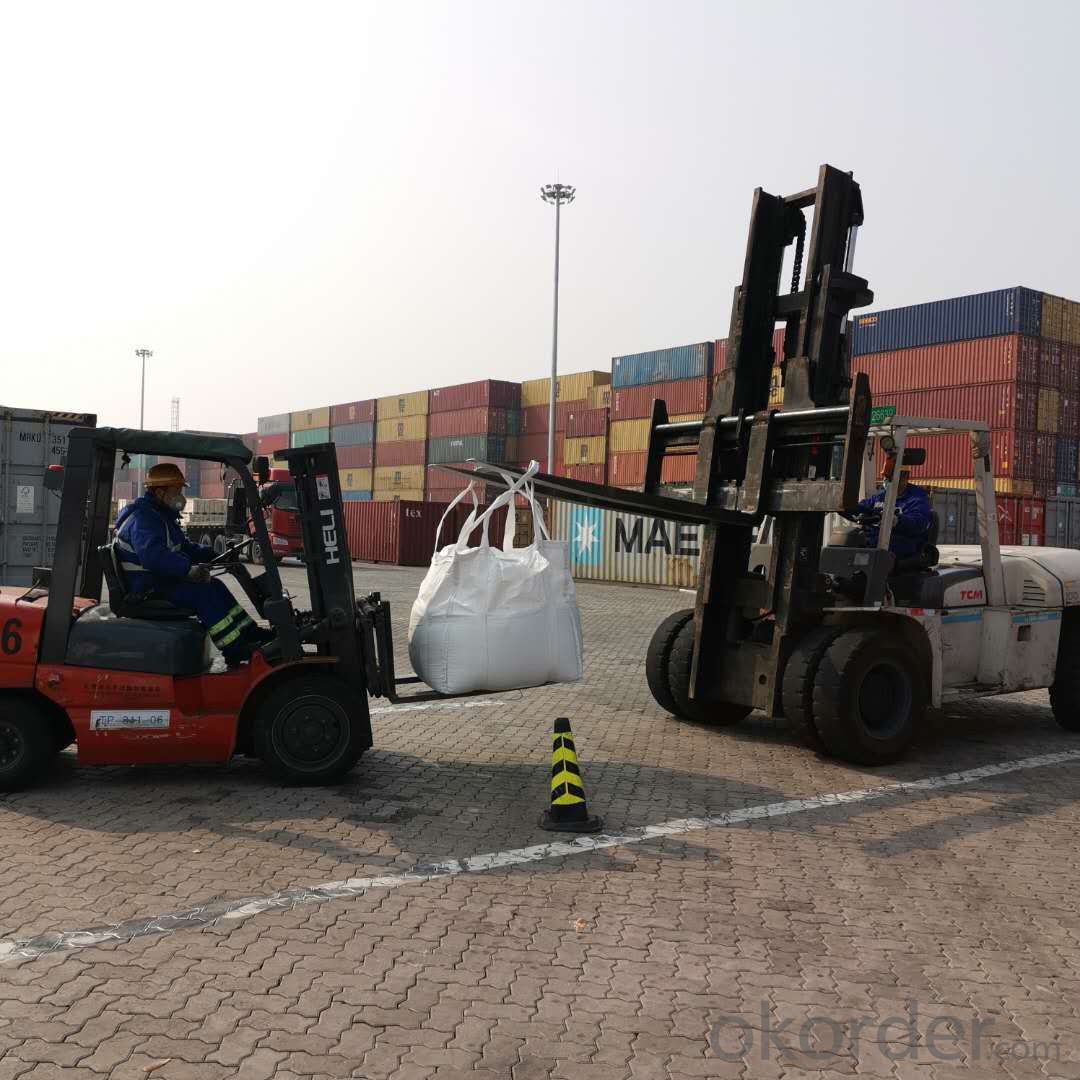
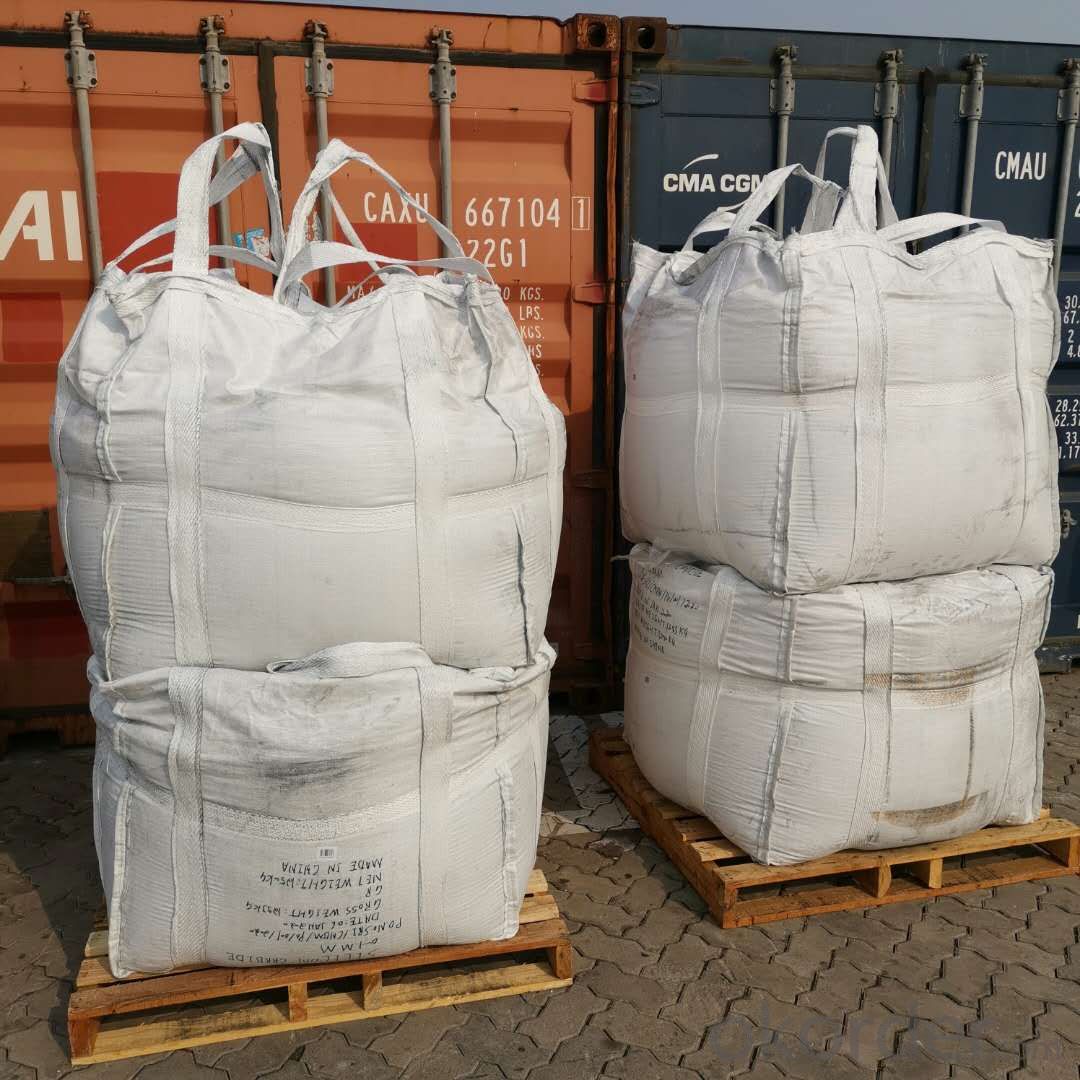
Description:
Silicon Carbide is produced by melting a mixture of silica sand and cokes in ultra high power electric furnaces. Silicon Carbide is chemically stable and has high corrosion resistance, which makes it hard to corrode from exposure to alkali or acid. Silicon carbide is also characterized by its high hardness, outstanding heat resistance, low thermal expansion, resistance to chemical reaction, and ability to function as a semiconductor.
Application:
SiC is suitable for cupola and electric furnace, widely used in iron foundries and in steel mills as deoxidizing agent, especially in ladle furnaces and electric arc furnaces during slag treatment. Silicon carbide can improve the temperature of molten steel rapidly, shorten the melting time, play the role of deoxidizing, increasing carbon and silicon, heating to improve the quality of steel.
Feature:
Black SiC, dissolved in a basic oxygen furnace used for making steel, acts as a fuel.
1.Additional energy liberated allows the furnace to process more scrap with the same charge of hot metal.
2.Silicon Carbide can also be used to raise temperatures and adjust the carbon and silicon content.
3.Silicon carbide / SiC can reduce the cost of production, produce cleaner steel and lower emissions.
Chemical Composition
- Q:Does anyone know the refractory temperature of fire-resistant glass?
- Ordinary glass will burst under sharp temperature difference of about 70-120 degrees and toughened glass of 200 degrees. It is not yet clear for the bursting temperature differences of the refractory glass. If the overall glass is heated evenly, it will have no significant change below 600 degrees, and it will deform with the increase of temperature until melting. The fire-resistant time of the glass you said is the time to heat the glass into the extreme temperature differences it can endure, which should not be more than 10 minutes
- Q:The primary problem, does the gas permeable brick is fired refractory bricks(refractory) ?
- gas permeable brick have two types:built-in type and external mounted type. the built-in gas permeable brick and the external mounted gas permeable brick are usually made by fire burning, and small part of bricks are made by the low temperature heat.
- Q:Can anyone tell me what is a high alumina refractory?
- High alumina refractories: High-alumina refractory products have high refractoriness, compressive strength and refractoriness under load, which are used for building the high-temperature parts of various large blast furnaces, such steelmaking furnace, airheater, electric furnace, rotary?kiln and other thermal equipment.
- Q:What kind of foundry ingot refractory materials are there? Please be more detailed.
- Classification of refractory materials used in foundry smelting process: refractory brick, siliceous brick, high alumina brick, corundum brick, magnesia brick, magnesia brick, magnesia carbon brick. Unshaped refractory materials: ramming material, castable, refractory cement, silica, magnesia, etc.
- Q:Does the production of refractory belong to advanced technology?
- Refractory is traditional ceramic material. We can only say that national development is relatively backward. If the refractory is counted as new material, then it still has huge development potential.
- Q:what's the requirements of refractory for forge furnace?
- High temperature resistance, good slag resistance.
- Q:What material is used to make furnace pipe of refractory bricks?
- Refractory brick is called refractory?brick for short. It is a kind of refractory material fired by using refractory clay or other refractory materials. Faint yellow or brownish. It is mainly used in building smelting furnace and has resistance to high temperature 1,580 ℃ -1,770 ℃. Also known as refractory?brick. It is refractory material with a certain shape and size. It can be divided into burnt brick, unburned?brick, fused brick (fused cast brick), fire-resistant insulation brick according to preparation technics; It can be divided into standard brick, ordinary brick and special-shaped brick, etc according to shape and size. It can be used as high-temperature building material and structural material of building kiln and all kinds of thermal equipment. It can also withstand a variety of physical and chemical changes and mechanical action under high temperatures. For example, fireclay brick, high alumina brick, silica?brick, magnesia brick, etc.
- Q:How to distinguish the construction fire-proof material rating?
- According to national standard GB8624-97,combustion performance of building materials are divided into the following levels: Class A: Incombustible building material: Material that almost never burn. Class B1: Nonflammable building material: Nonflammable materials have good effect of flame resistance. In case of fire it in the air or at high temperature it is difficult to catch fire and spread, and when the fire source is removed, the combustion can stop immediately. Class B2: Combustible?building?material: Combustible materials have good effect of flame resistance. In case of open fire in the air or at high temperature, it will immediately burst into flames and spread the fire quickly, such as wooden column, timber roof truss, wooden stairs, etc. Class B3: Flammable building material: No flame-retardant effect, highly flammable, high risk of fire. According to national standard, the fire?rating of PVC floor must be class B1.
- Q:Who knows what fire heat preservation material are there?
- 1 thermal insulation materials with class A combustion performance Rock wool, glass wool, foam glass, ceramic foam, foamed cement, perlite and other 2. thermal insulation materials with B1 combustion performance Specially processed extruded polystyrene board (XPS) / specially processed polyurethane (PU), phenol, powder polystyrene particles. Heat-insulating material with B2 termal insulation performance Fire resistance can be thoroughly sloved by combining molded expanded polystyrene (EPS), extruded polystyrene (XPS) and polyurethane (PU), polyethylene (PE) Hairong module with glass beads (and cooperating with vitrified micro bead inventor Liu Weihua), hope my answer will help!
- Q:how to classify Insulating Refractory ?
- Insulating Refractory by the physical form of the material is divided into: thermal insulation refractory slab, thermal insulation refractory blanket, thermal insulation refractory loose wool, and thermal insulation refractory irregular part. thermal insulation refractory material can also be classified by materials, temperature, manufacturing technique and application area.
1. Manufacturer Overview |
|
|---|---|
| Location | |
| Year Established | |
| Annual Output Value | |
| Main Markets | |
| Company Certifications | |
2. Manufacturer Certificates |
|
|---|---|
| a) Certification Name | |
| Range | |
| Reference | |
| Validity Period | |
3. Manufacturer Capability |
|
|---|---|
| a)Trade Capacity | |
| Nearest Port | |
| Export Percentage | |
| No.of Employees in Trade Department | |
| Language Spoken: | |
| b)Factory Information | |
| Factory Size: | |
| No. of Production Lines | |
| Contract Manufacturing | |
| Product Price Range | |
Send your message to us
Metallurgical Silicon Carbide 88 Granular Size 0-10mm
- Loading Port:
- China main port
- Payment Terms:
- TT or LC
- Min Order Qty:
- 25 m.t.
- Supply Capability:
- 500 m.t./month
OKorder Service Pledge
OKorder Financial Service
Similar products
New products
Hot products
Related keywords
